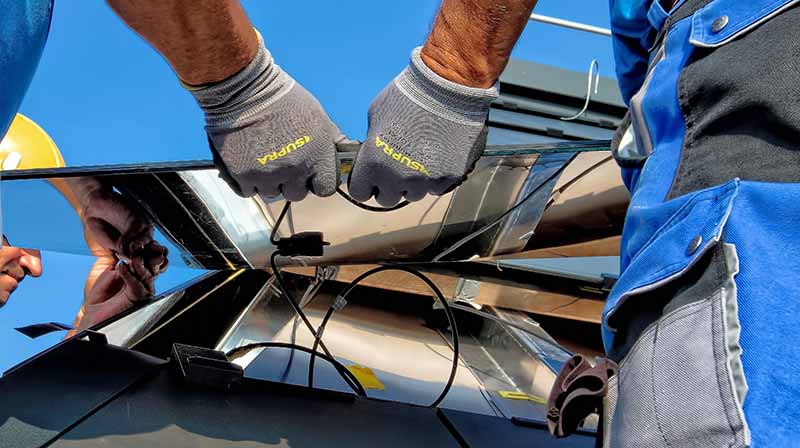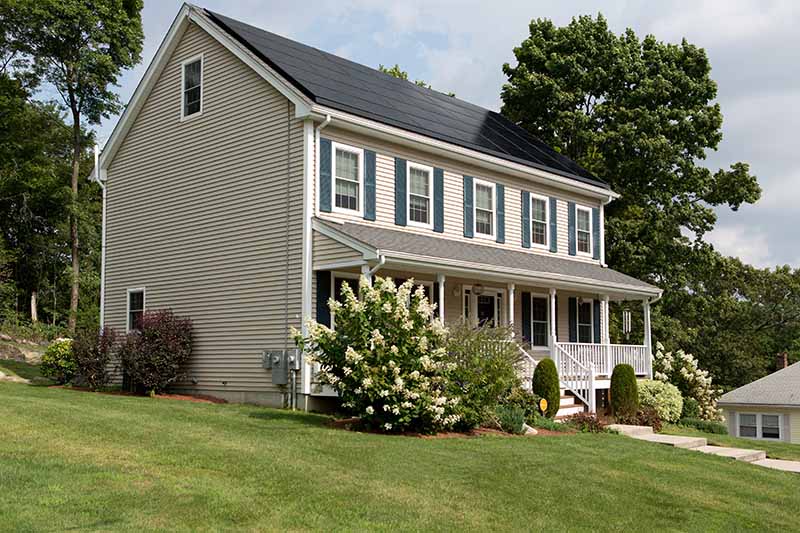Heat from the sun is constant, free and an endless resource that will not depreciate. When you tap the sun’s rays you consume no energy and are able to heat water in solar geysers that have the required technology to take advantage of this.
A solar geyser will have a container that stores water. This container is much larger than the containers seen in conventional geysers. This geyser has an attached solar collector that requires to be mounted in the open, mostly on roofs, to be able to collect the heat from the sun’s rays that fall on the collector. This gathered heat is transferred to a transfer medium that is often glycol that will not freeze even in cold temperatures. You can also directly heat water that circulates to the container, in geographical areas, where freezing is not expected.
Storage containers can be placed on the roof along with the solar collectors but you need to make sure that your roof is able to stand this additional weight. Alternatively, this container can be inside the home, though its size is often a deterrent. Solar collectors are often metal tubes that may be housed in a glass-fronted enclosure. A glycol solution is circulated in these tubes, and it gets heated after constant exposure to the sun. The heated solution is then circulated in pipe circuits that are immersed in the water container. The heat is then transferred to the water. It is essential that water containers be adequately insulated so that the heat is retained and not lost. It can also help if such containers are painted black if they are positioned on the roof, as this can help with heat absorption of the sun’s rays and help to maintain the temperatures inside the container.

Solar geysers will not produce very high temperatures of hot water, and it can help if the feed water of conventional geysers is obtained from solar geysers that have raised the water temperature substantially. This can help to reduce the cost of heating in these geysers and yet give water to the required temperatures. Reduction of energy can vary from 50 percent to a high of 80 percent. When solar geysers are installed on rooftops, these are often passive systems where the water circulates in the system through gravity. When containers are located inside homes or at other locations you may need to install circulating pumps.
Solar geysers will have no moving parts and once installed require almost no maintenance other than keeping the collectors free of dust. Besides the savings in energy costs that do accrue from these installations, a solar geyser is also environmentally friendly, as the resource used is renewable and does not affect the environment in any way, through pollution, waste or by-products. Efficiency will reduce on days that are cloudy, and the heat from the sun is also not available in the nights. However, these lacunae can be addressed by having large capacity containers that are properly insulated, so that the heat in the water is available at any time of the day or night.
The widespread use of the sun’s energy to heat water through properly designed solar geyser systems can go a long way in saving the limited natural resources of a country. This can also result in going green and reducing the increase in global warming, that the use of other fossil fuels to produce power for heating will entail. Installation costs of solar geysers are a one time cost, and there is no recurring cost required for any maintenance, as may be required for conventional geysers.

